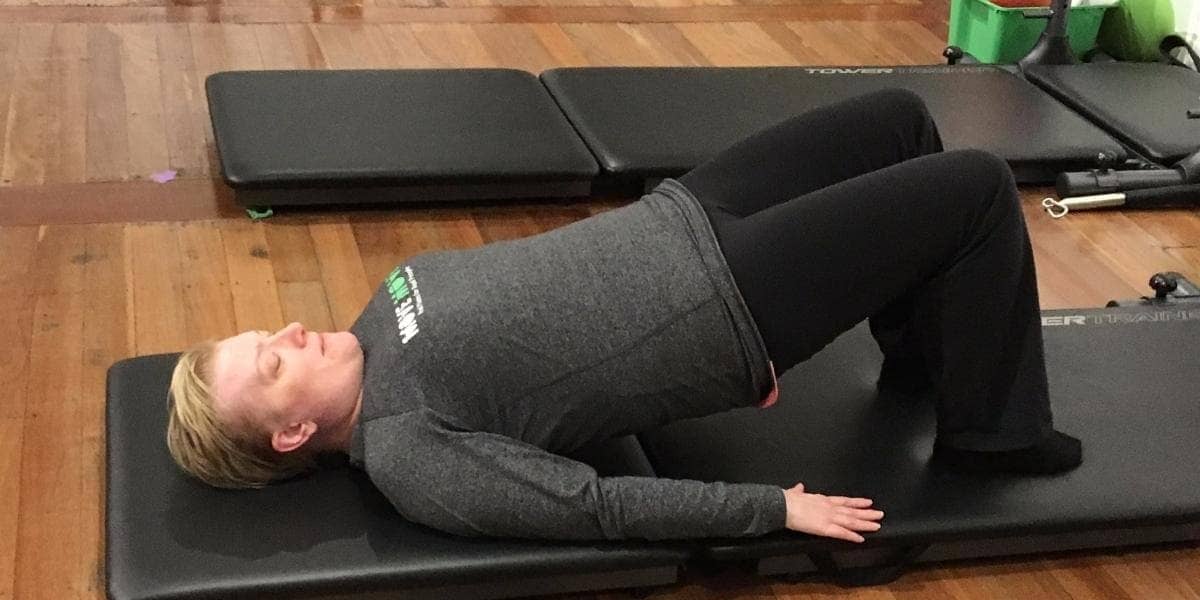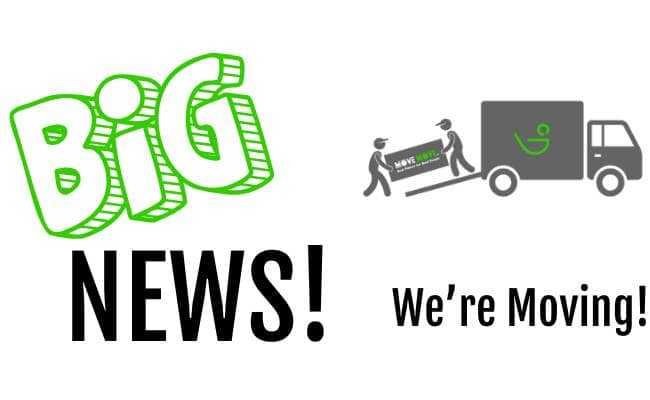Each month at Move Move we set ourselves a Move of the Month Challenge. Throughout the month we focus on mastering that move. Sometimes our Move of the Month is just one move, other times it maybe a series of moves. But our aim is to progress in some way.
This month we’re looking at the Pilates bridge vs Pilates spine curl:
They look the same – head and shoulders down, bottom in the air.
They both work the same muscles – the glutes.
But the difference is how you get there. One is all about mobility and the other is all about stability.
The traditional bridge was originally taught to tighten the buttocks – something we all wish to attain. So why complicate it? Well some people are stiffies and some people are floppies – stiffies need to mobilise and floppies need to stabilise.
As mentioned the Pilates spine curl is all about mobility, so let us give this a try:
- Lying on your back, pelvis and spine neutral, knees bent, feet on the mat hip distance apart (if you know you have lazy glutes – come on be honest – you might want to pull your feet a bit closer towards you so the hamstrings don’t cramp).
- As you draw up through the pelvic floor and abdominal muscles (on the front of your body), the spine muscles (on the back) relax, allowing the spine to become its flexible self (33 bones connected by elastic).
- The spine should roll through its length, first movements occurring at the coccyx, then peeling each vertebra off the floor in turn, aiming to come to a stop with your weight resting through your shoulder blade area (not your neck).
- Use the same technique in reverse to come back down.
So how is the Pilates bridge different?
Well as you come up into the bridge your aim is to keep the lumbar spine and pelvis neutral – in other words, no movement in the waist.
Give it a try:
- Lie in the same starting position as the spine curl, engage the ever so important core muscles as you extend the hips and lift the pelvis off the mat into the bridge position.
- The pelvis and the spine move as one unit.
- Pause at the top, check both sides of the pelvis are lifted equally.
- To return reverse the movement down – bending at the hips to get the pelvis down and not through the waist.
Feel the difference?
These two exercises are great examples of utilising both stabilising and mobilising muscles which were discussed in last month’s move of the month.
Both of these exercises use the glutes and the hamstrings as the global mobilisers to extend the hips BUT the spine curl also uses the rectus abdominis and the obliques as global mobilisers whilst in the bridge they are global stabilisers.
Both exercises will give you a nice, firm buttocks but one will keep you mobile and the other will teach you how maintain a neutral spine when needed.




